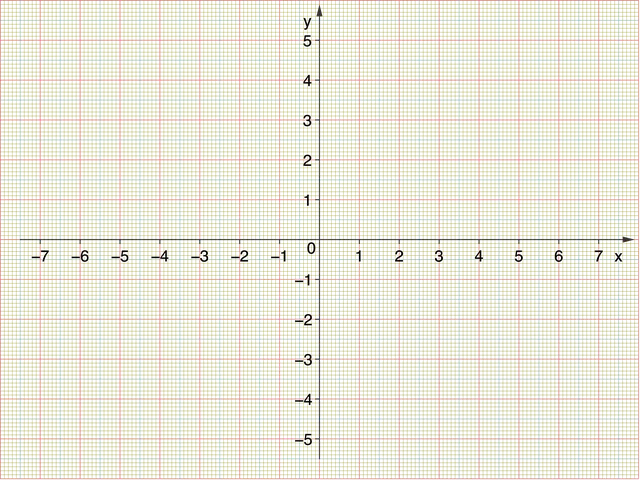
The notion of abscissa is used in geometry.
It is known as abscissa (word derived from the Latin abscissa , "cut" ) to a horizontal direction coordinate that appears in a rectangular Cartesian plane and is expressed as the distance between a point and the vertical axis. The so-called abscissa axis represents the horizontal coordinate axis.
This term that concerns us and many others, such as equations or axes, are all fundamental and key concepts in what is called analytical geometry . This is a scientific area that is responsible for carrying out the study of various geometric figures through the use of a series of techniques, algebra and mathematical analysis, in what is a coordinate system.
Cartesian geometry
This area must be emphasized that has its origin in Cartesian geometry, the movement that René Descartes would develop in the period between the 17th and 18th centuries. However, we cannot ignore that, in one way or another, it also "drinks from the waters" of differential geometry, developed by the German mathematician Carl Friedrich Gauss, and algebraic geometry.
This last author has gone down in the history of Mathematics for various reasons and among them we should highlight, without a doubt, the fact that he was the first scientist to carry out what is the proof of the fundamental theorem of algebra. In the same way, we should not overlook the structure that he gave to Number Theory and the large number of publications he made, among which Disquisitiones arithmeticae stands out.
It was in 1801 that this aforementioned work was published, which is written in Latin, where it fully enters into what is the fundamental theorem of algebra.

The abscissa is linked to analytical geometry.
The abscissa in a plane
The reference system in relation to one axis (a line ), two (a plane ) or three axes (in space ) that are perpendicular to each other and that coincide at a certain point that is identified with the name of origin of coordinates , It is known as Cartesian coordinates .
In a plane, the Cartesian coordinate
Experts in the field say that the Cartesian system has been named in honor of the philosopher, scientist and mathematician René Descartes ( 1596 – 1650 ), who sought to support his philosophical reasoning from a starting point on which to build all knowledge. Descartes , as we already indicated, is usually considered the father of analytical geometry.
coordinate systems
Within the framework of a linear coordinate system , any point that is part of a certain line can be linked and symbolized by a real number (which will be positive if it is a point located to the right of O or negative if it is located in the left portion). The center of coordinates O corresponds to the value 0.
A plane coordinate system , on the other hand, is composed of two perpendicular lines that intersect at their origin. Each of the points on the plane can be represented by numbers.
Finally, a spatial coordinate system brings together three lines that are perpendicular to each other (called X, Y and Z), which are found at a point of origin (0) and whose points in space can be represented by three numbers. .
